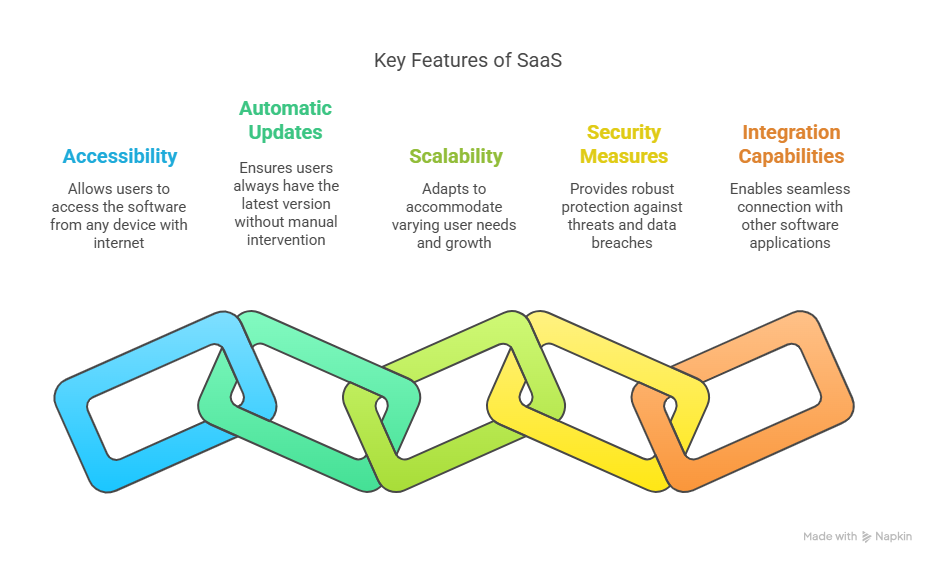Running a successful restaurant requires not only a passion for food but also efficient operational management. Among the essential tools for managing a restaurant’s operations is an inventory management system. This system goes beyond simple stock tracking, offering real-time updates, minimizing waste, and integrating seamlessly with other software, like POS systems. An inventory management system for a restaurant can streamline processes and reduce losses, leading to improved profitability and customer satisfaction. Let’s explore the benefits of implementing an inventory management system and how it enhances a restaurant’s overall performance.
Improving Accuracy in Stock Management
One of the main advantages of an inventory management system for restaurants is its ability to maintain accurate stock levels. In the fast-paced world of food service, stock fluctuations can happen quickly, especially during peak hours. Traditional manual methods of tracking inventory are prone to errors, which can lead to stock shortages, wastage, or over-ordering. An inventory management system offers real-time tracking of each item, allowing restaurants to see exactly what is available. This accurate stock overview helps managers make informed decisions about purchasing and prevents disruptions in service due to stockouts.
When connected to a POS restaurant system, the inventory system automatically updates each time an order is placed, ensuring that stock levels are always current. This integration minimizes the time and effort required to manage inventory, as there is no need for frequent manual checks. The accuracy provided by a digital inventory management system can significantly reduce losses due to human error, ultimately contributing to the restaurant’s bottom line.
Reducing Food Waste and Costs
Inventory management systems are essential tools for minimizing food waste, which is a common challenge in the restaurant industry. With precise tracking of inventory, the system can alert restaurant staff to ingredients that are nearing expiration, enabling them to prioritize their use. This proactive approach helps to prevent ingredients from going unused and reduces overall waste. Additionally, inventory management systems can provide insights into which items are used most frequently, allowing managers to optimize purchasing and reduce surplus stock.
Reducing food waste has a direct impact on a restaurant’s profitability. When food is wasted, so is the money spent on purchasing and storing it. By minimizing waste, an inventory management system for restaurants allows managers to allocate resources more effectively, ultimately saving money. When paired with a POS restaurant system, restaurants can also gain insights into customer ordering patterns, enabling them to tailor their stock based on demand and further reduce unnecessary purchases.
Enhancing Order Efficiency and Supplier Management
Managing supplier relationships and placing orders is simplified with an inventory management system. Most systems come equipped with supplier management features, which allow restaurants to organize supplier information, track orders, and manage delivery schedules. This feature is invaluable for creating a streamlined supply chain, as it ensures that orders are placed automatically or as needed based on inventory levels, minimizing stockouts.
An inventory management system also enables restaurants to keep track of supplier performance by logging delivery times and checking for accuracy in quantity and quality. This data helps managers make informed decisions when selecting or evaluating suppliers. By establishing a reliable order cycle and keeping track of supplier metrics, a restaurant can reduce the time and effort spent on procurement, which allows staff to focus more on customer service and less on administrative tasks.
Streamlining Operations with POS Integration
A significant benefit of implementing an inventory management system for restaurants is its ability to integrate with a POS restaurant system. This integration creates a seamless flow of information between the front-of-house and back-of-house operations, ensuring that every sale made at the POS is automatically reflect in the inventory records. This real-time tracking of inventory based on customer orders reduces the need for manual adjustments and minimizes the risk of inaccuracies.
With POS integration, restaurant managers can also access detailed reports on sales and stock usage, which can be useful for forecasting demand. This integration allows restaurant owners to make data-driven decisions that optimize the menu, align with customer preferences, and manage inventory more efficiently. Overall, the synchronization between inventory management and POS systems simplifies daily operations, making it easier to maintain a well-organized and profitable business.
Supporting Strategic Decision-Making
An inventory management system for restaurants provides valuable insights that are essential for strategic decision-making. Detailed data on stock levels, purchasing patterns, and sales trends can help managers identify areas for improvement and adjust their strategies accordingly. For example, if certain ingredients are consistently underuse, it may be more cost-effective to remove them from the menu or find alternative uses.
Additionally, the data provided by an inventory management system allows restaurants to better anticipate demand, especially during peak seasons or special events. Forecasting based on historical data can lead to more accurate ordering and staffing decisions. Ensuring that the restaurant is always prepare to meet customer demand without overstocking. By supporting smarter decision-making, an inventory management system not only improves daily operations but also contributes to the restaurant’s long-term growth and success.
Enhancing Customer Experience and Satisfaction
While customers may not directly interact with an inventory management system, its impact on their dining experience is significant. A well-managed inventory system ensures that popular menu items are always in stock, which means customers can consistently enjoy their favorite dishes without disappointment. Furthermore, efficient inventory management minimizes the risk of over-portioning or incorrect ingredient usage, which can affect the quality and consistency of dishes.
By integrating the inventory management system with the POS restaurant system, staff members can receive real-time updates on inventory status. This helps them provide accurate information to customers regarding available options and substitutes for out-of-stock items. When a restaurant is able to meet customer expectations by offering a full menu and high-quality dishes, it enhances the overall dining experience, leading to higher customer satisfaction and loyalty.
Conclusion
Implementing an inventory management system for restaurants offers numerous benefits, from improving accuracy in stock tracking to reducing food waste and supporting data-driven decision-making. When integrated with a POS restaurant system, it creates a cohesive and efficient process that simplifies daily operations and enhances customer satisfaction. In a competitive industry where margins can be slim, the efficiency and cost savings achieved through effective inventory management can be critical for success.
As restaurants continue to adopt technology to stay competitive, an inventory management system has become an essential tool for operational excellence. By ensuring that stock levels are optimized, food waste is minimized, and customer needs are consistently met, this system helps restaurants build a strong foundation for growth and profitability. Embracing this technology not only enhances daily efficiency but also contributes to a more sustainable and satisfying dining experience for customers.



